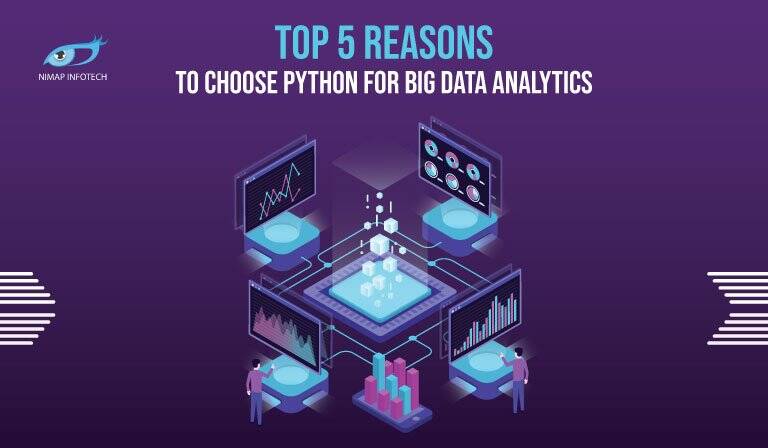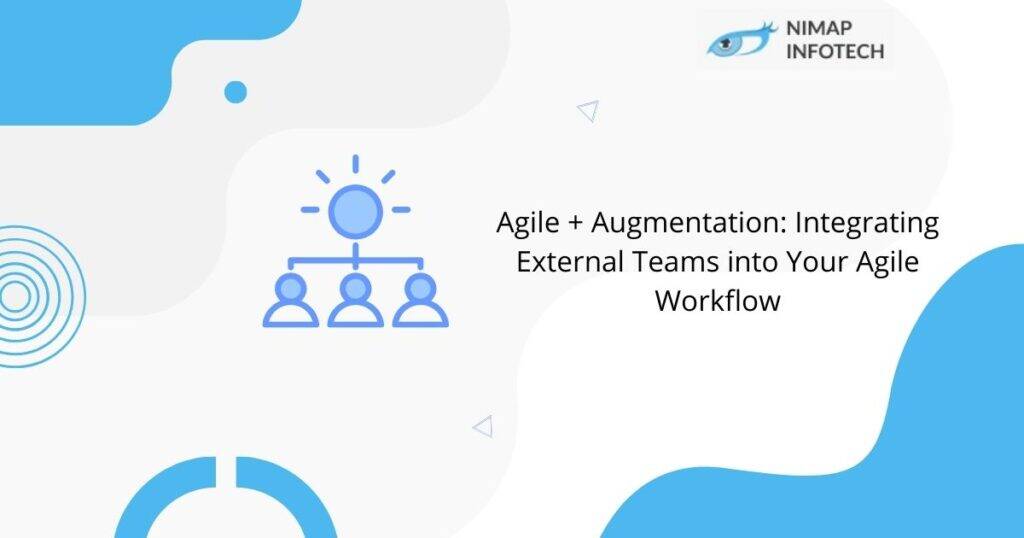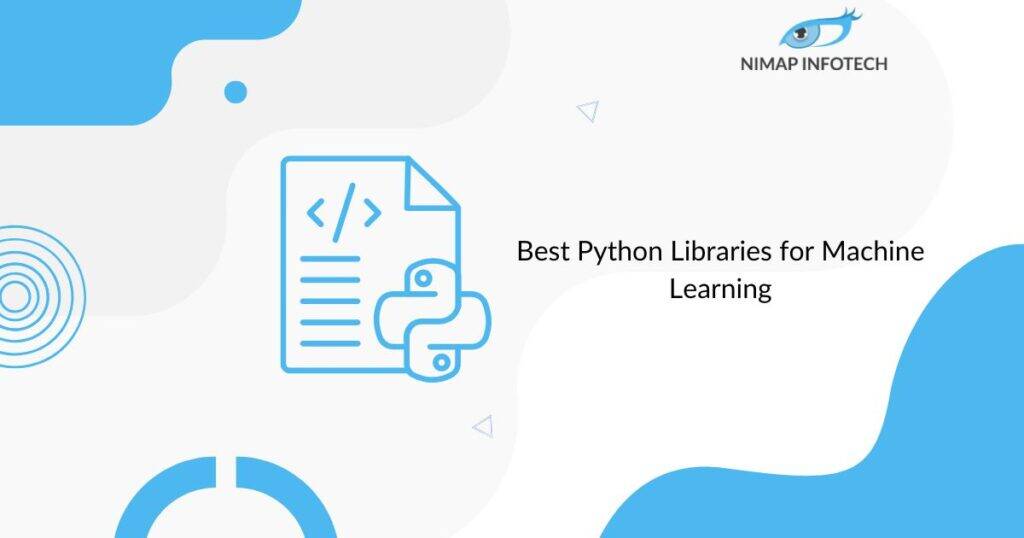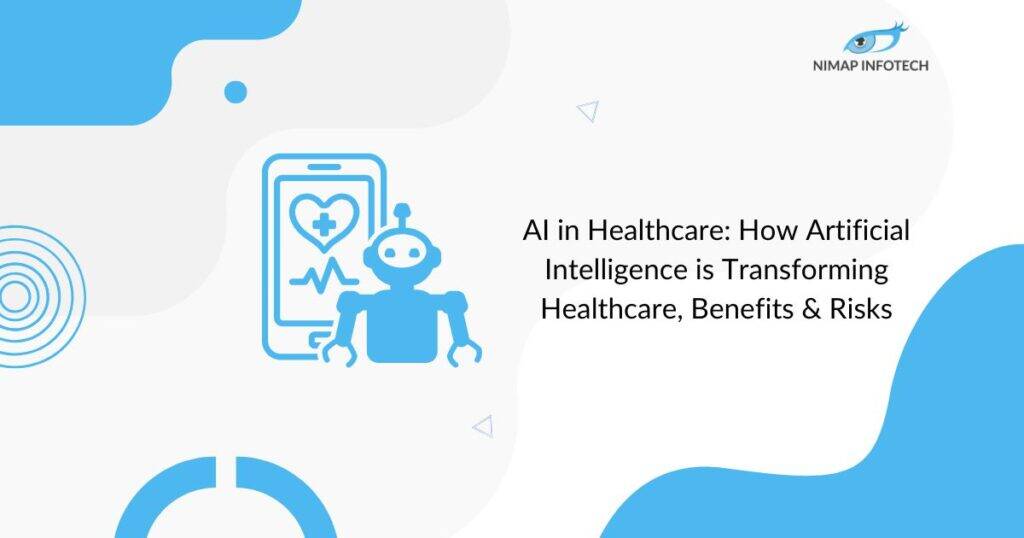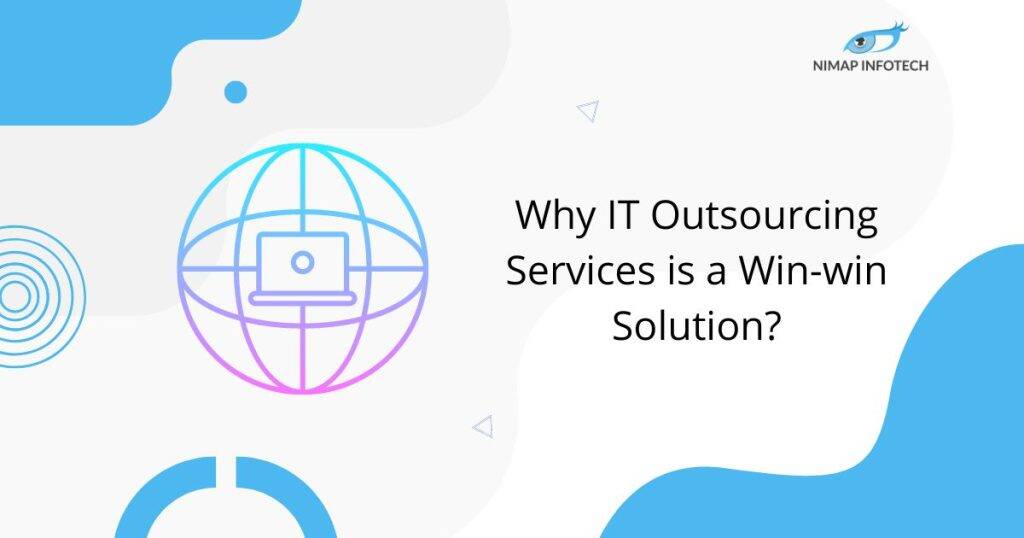It is an important decision that needs to be made because once you start developing your project in a particular language, it can be difficult to migrate to another language. Moreover, not all Big data project has similar goals. For example, in a particular project, the goal might be to simply manipulate the data or build the analytics whereas for others it may simply be the Internet of Things. (IoT)
Read Blog – Live Data – Life Cycle Aware Component
Furthermore, Python is not only limited to big data but is widely used in other fields as well as for its usefulness. IEEE Spectrum has already ranked Python as the number one programming language. In this article, we are going to discuss a few reasons why Python and big data is a killer choice for big data professionals.
A Perfect Combination: Big Data and Python
Python is a general-purpose programming language that allows programmers to write fewer lines of code as well as make it more readable. The language has scripting features and not only this but the language has many advanced libraries such as NumPy, SciPy, and Matplotlib that make it useful for scientific computing.
Python is an excellent tool and that makes it a perfect fit for Python big data combination for Hire data analysis for the following reasons:
Open Source
Python is an open-source programming language that has been developed using a community-based model. It can also be run on Windows and Linux environments. Not only this but it can also be ported to other platforms as it supports multiple platforms.
Library Support
Python is widely used for scientific computing in both academic as well as multiple industry fields, which is why it’s an irreplaceable program if you want a career as a data analyst. Python consists of a number of well-tested analytics libraries that include packages such as:
- Numerical computing
- Statistical analysis
- Data Analysis
- Machine learning
- Visualisation
Speed
Because Python is a high-level language, it has many benefits which can substantially accelerate the code development process. It allows prototyping ideas that in turn make coding faster while maintaining a greater degree of transparency between code and its execution.
As a result, the process of adding additional code to the code base in a multiuser development environment becomes easy.
Scope
Python is an Object-Oriented Language that supports advanced data structures for example lists, tuples, sets, dictionaries and more. It is supported by many scientific operations such as operations, data frames, etc. These are the abilities within the Python language that enhance the scope to simplify and speed up the data operations.
Data Processing Support
Hire Python Developer `provides advanced support for voice data and images due to the built-in features of data processing for unstructured and unconventional data which is a common need in Big Data when analysing social media data. This is one more reason to club Python and Big Data together because it is useful to each other.
5 reasons why the Python language is Perfect for Big Data
Python is considered one of the best data science tools for big data jobs. Python and Big data are a perfect fit whenever there is a need for integration between data analysis and web apps or statistical code with the production database. Using its advanced library support it helps to implement the machine learning algorithms. Hence in many Big Data Aspects, Big Data and Python complement each other.
It has many scientific packages included inside it:
Python Big Data combination has been supported by its robust library packages that fulfil analytical and data science needs. Thus making it a popular choice in big data applications.
Some of its popular libraries that make Python and Big data useful together are
Pandas:
Panda is a library used in data analysis. Not only this, it provides the required data structure and operations for data manipulation on numerical tables as well as time series
NumPy:
NumPy is the fundamental package of Python that makes scientific computing possible. It provides support for random number crunching, linear algebra, and Fourier transforms. Also, it supports multidimensional arrays, and matrices with its extensive library of high-level mathematical functions.
SciPy:
It is a widely used library for scientific and technical computing. Scipy contains different modules for linear algebra, integration,, Optimization, special functions, FFT, ODE solvers, interpolation, Signal and image processing, as well as other tasks common in scientific engineering.
Mlpy:
Mlpy is a machine-learning library that works on top of NumPy/SciPy. Providing many machine-learning methods for problems. It also helps you find a reasonable compromise between modularity, maintainability, reproducibility, usability and efficiency
Matplotlib:
It is a Python library that helps in 2D Plotting for hardcopy publication formats with an interactive environment provided on platforms. Matplotlib allows generating plots, bar charts, histograms, error charts, power spectra, scatter plots and more.
Theano:
Theano is a Python library for numerical computation. It allows optimizing, and defining and makes it possible to evaluate mathematical expressions which could involve, multi-dimensional arrays also
NetworkX:
NetworkX is a library for studying graphs which helps the user to create, manipulate and study the structure, dynamics and functions of complex networks.
SymPy:
SymPy is an effective library that offers symbolic computation and provides features such as:
Basic symbolic arithmetic, calculus, algebra, discrete mathematics, quantum physics and more
Dask:
Dask is a Python big data library that helps in flexible parallel computing for analytics purposes. From the big data perspective, it works with big data collections such as lists, data frames, parallel arrays or with Python iterators for larger than the memory in a distributed environment.
Dmelt:
Dmelt or DataMelt is a Python-based library. Used big data analysis for numeric computation and statistical analysis of big data.
Scikit-learn:
Scikit-learn is a machine-learning library that complements NumPy and SciPy libraries. It has various features like –
Regression.
Clustering algorithms for vector machines, gradient boosting, random forests means and DBSCAN,
It Interoperates with Python libraries such as NumPy and SciPy.
TensorFlow:
TensorFlow is an open-source software library. For a range of tasks, it gets support by Python for machine learning. The library is capable of building and training neural networks to
- Detect patterns
- Decipher patterns
- Correlations
- Analogous for the purpose of learning and reasoning.
1. Python with the libraries mentioned above makes big data scientists’ lives easy.
For example, with Python library integration with Spark and Scikit-learn data scientists can write code and test with small data sets before it is implemented on the Spark cluster. Once the code is verified and works with its desired functionality, they can implement the same on the Spark cluster with a large set of data. This helps to escape them from repetitive code cycles and accelerate business decisions.
2. Compatible with Hadoop
As Python is big data compatible, similarly Hadoop and big data are synonymous with each other. Python is inherently compatible with Hadoop to work with big data. Python consists of the Pydoop package which helps in accessing HDFS API and also writing Hadoop MapReduce programming. Apart from that Pydoop enables MapReduce programming to solve complex big data problems with minimal effort.
3. Easy to Learn
Python is easy to learn as it abstracts many things with its features. As a result, the user needs to code fewer lines of code. Besides that, it has a scripting feature as well. Python is coupled with features that are user-friendly like code readability, simple syntax, auto identification, association of data types and easy implementation. g.
4. Scalability
Scalability matters a lot when you are dealing with massive data. Unlike other data science languages like Stata, R, and Matlab, Python is much faster. Though there were initial complaints about its speed, however, with Anaconda its speed performance has enhanced ais making the Python language and big data compatible with each other with a greater scale of flexibility.
5. Large Community Support
Big data analysis often deals with complex problems that require community support for solutions. Python as a language has a large and active community that helps data scientists and programmers with expert support on coding-related issues. This is another reason for its popularity.
Preparing for a Big Data interview? Just follow this Big Data Interview Preparation guide and be confident to crack the interview.
Read More: Why Python is Right Tech to Build Your Financial and Banking App?
Conclusion
To conclude, Python as well as big data together provide a strong computational capability in big data analysis platforms. If you are a first-time big data programmer, no doubt it is easier to learn for you than Java or other similar programming languages. If you are looking to hire Python Developers you can contact us at Nimap Infotech. We have a team of experts who have years of experience to solve and guide your queries.
Author
-

A technology enthusiast with over 14+ years of hands-on experience in the IT industry, I specialize in developing SaaS applications using Microsoft Technologies and the PEAN stack. I lead a team of 300+ engineers, holding multiple Microsoft certifications (MCSD, MCTS, MCPS, MCPD). My expertise spans across C#, ASP.NET, NodeJS, SQL Server, and Postgres.
View all posts

